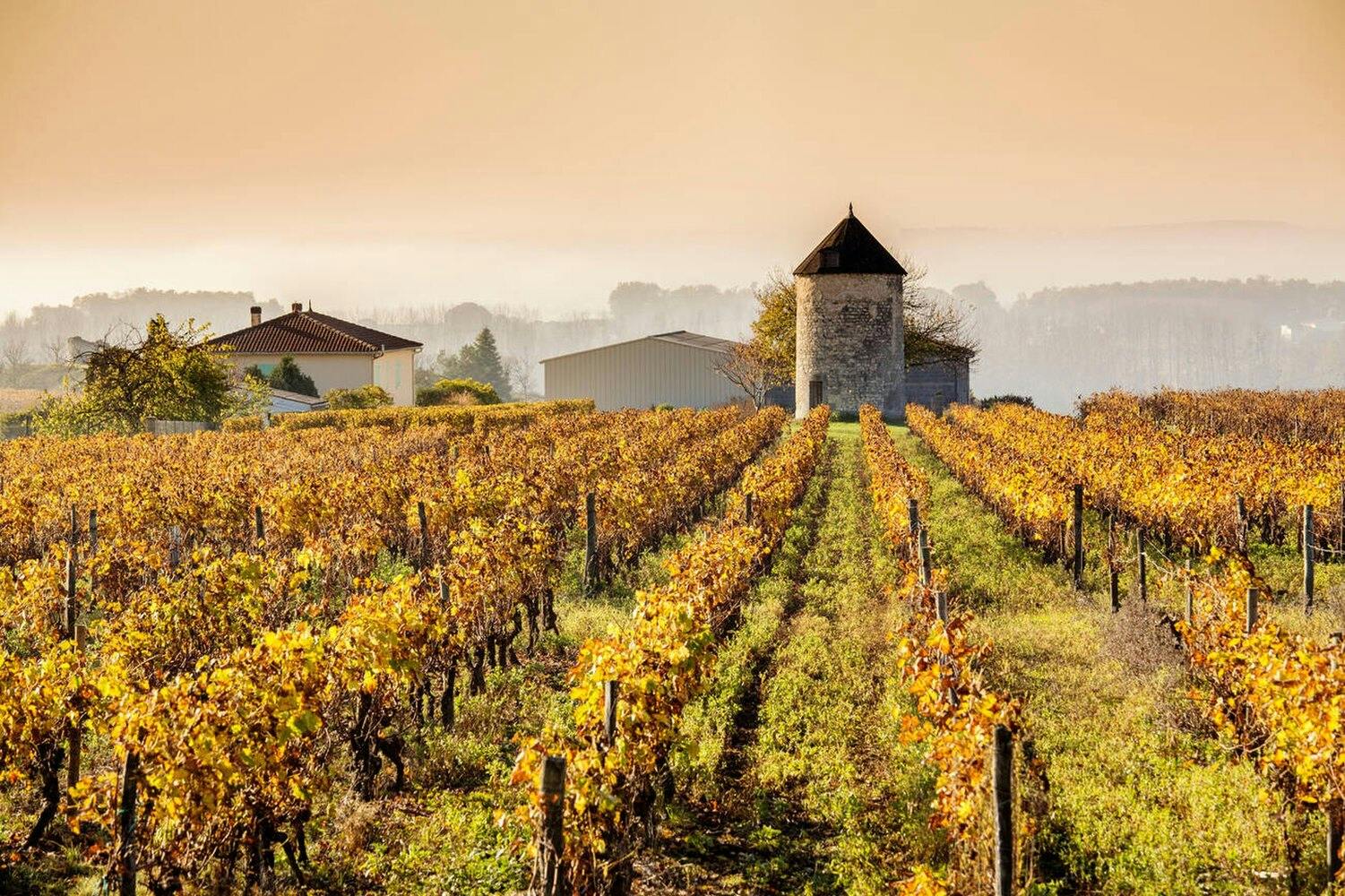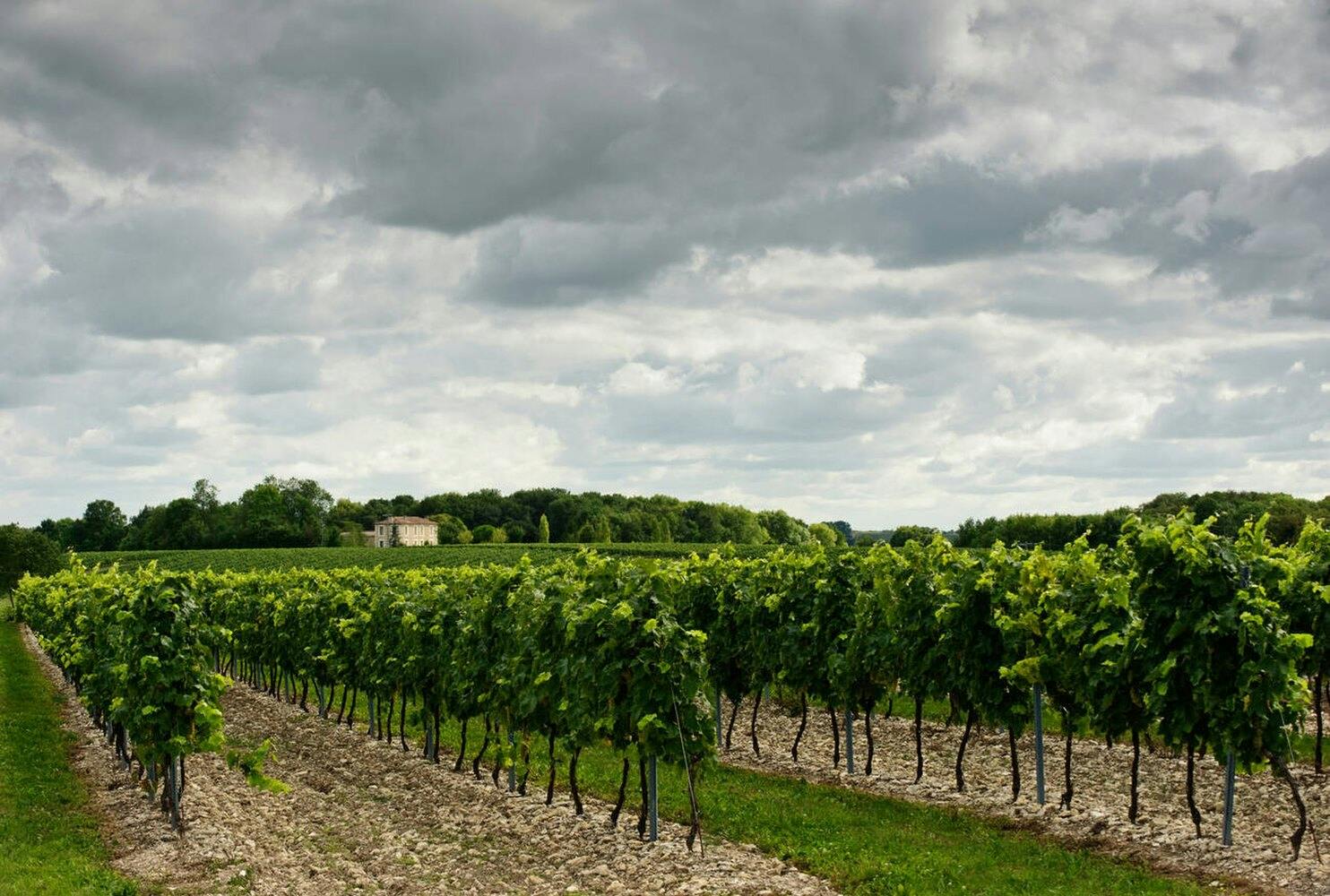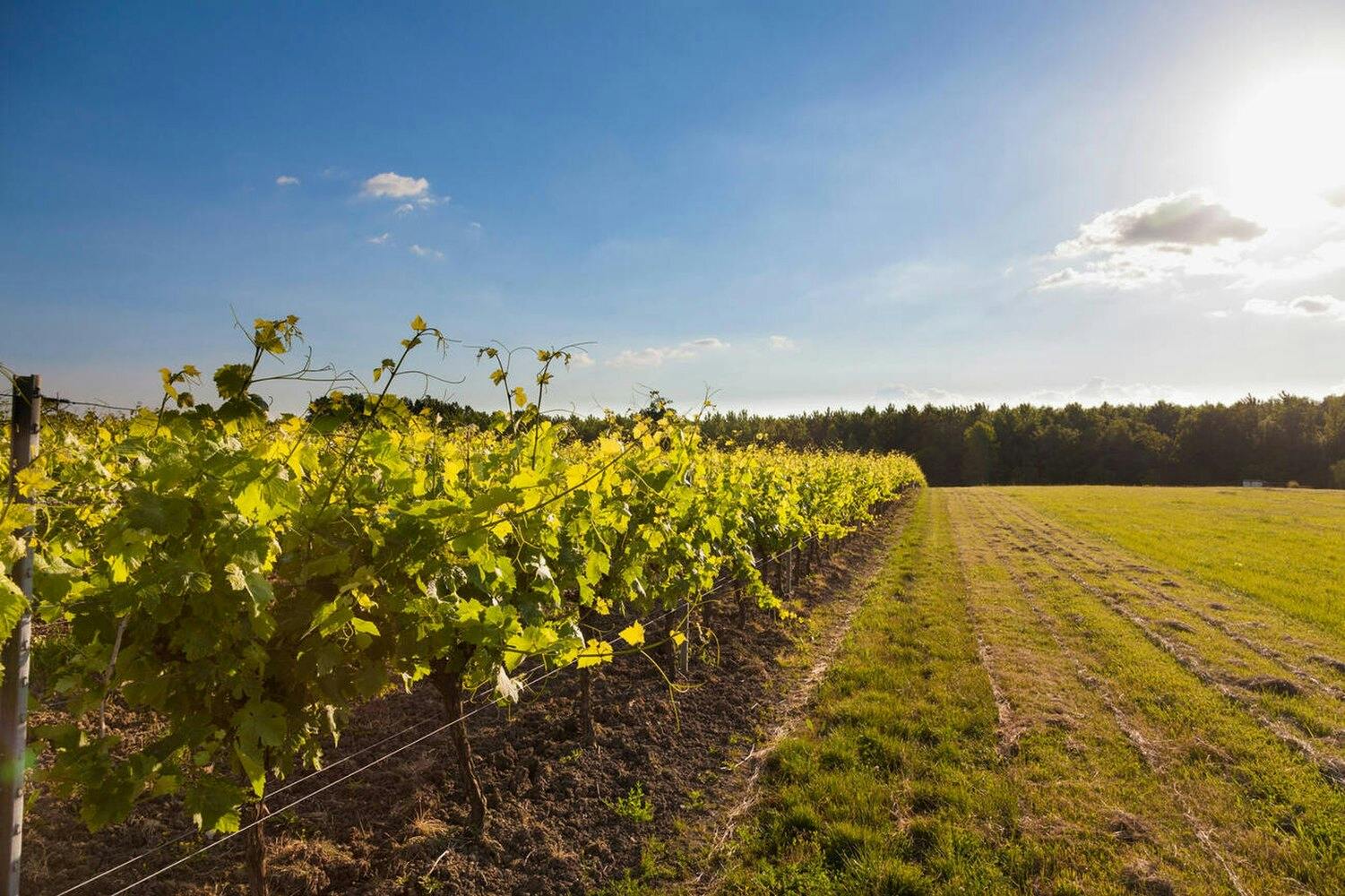
Cognac, the exceptional French eau-de-vie, is produced in a unique terroir divided into six crus defined by the Institut National de l'Origine et de la Qualité (INAO). These crus, determined based on the types of soils and climatic conditions, directly influence the aromatic profile and structure of the cognac. The nature of the soils, their composition, and their drainage capacity play a crucial role in the quality and style of the final product. It is important to note that the origin of Cognac is just one element among many and cannot solely determine its quality.
Les six crûs du cognac et leur influence
Grande Champagne: A fine, limestone soil ideal for aging
Located at the heart of the Cognac region, Grande Champagne is considered the most prestigious terroir. Its chalky soil, primarily composed of soft limestone, promotes excellent drainage and a slow maturation of the eaux-de-vie. These characteristics allow the cognacs from this region to develop great finesse, a floral elegance, and exceptional aging potential.

Petite Champagne: A similar but slightly different terroir
Neighboring Grande Champagne, Petite Champagne has a similar limestone soil, but with a slightly higher clay concentration. This soil gives the eaux-de-vie an elegant structure, but they tend to reach maturity a bit faster than those from Grande Champagne. Here, one can find delicate aromas and a beautiful complexity.
Borderies: A silico-clayey soil for distinctive aromas
The Borderies, the smallest cru in the region, stand out for their soils rich in silica and clay, with a strong presence of flint. This composition gives the cognacs a characteristic roundness and smoothness, along with distinctive aromas of violet and hazelnut. The eaux-de-vie from Borderies reach a beautiful maturity quickly and are highly sought after for their unique aromatic qualities.

Fins Bois: Clay-limestone soils bringing smoothness and fruitiness
Covering a large area, the Fins Bois are characterized by clay-limestone soils associated with sandy formations. These soils retain more water, promoting a faster maturation of the eaux-de-vie. The resulting cognacs are smooth and marked by intense fruity notes, making them important components in blends.
Bons Bois and Bois Ordinaires: Varied soils under oceanic influence
The Bons Bois and Bois Ordinaires are located on the outskirts of the Cognac region and feature a wide variety of soils, ranging from sandy lands to more compact soils. The maritime influence is more pronounced here, adding saline nuances to the eaux-de-vie. These cognacs are often consumed young and are used in blends for their immediate aromatic richness.
The case of Fine Champagne: The blend of Grande Champagne and Petite Champagne
Fine Champagne refers to a blend of cognacs exclusively from Grande Champagne (at least 50%) and Petite Champagne. It is not a cru but a designation that indicates the combination of the structure of Grande Champagne with that of Petite Champagne to create a well-balanced cognac.
TO GO FURTHER IN THE DISCOVERY OF COGNAC
La Maison du Whisky has three boutiques in Paris:
In each of these boutiques, you'll find a wide selection of whiskies, rums, sakes, and other fine spirits.
Follow our tasting calendar for upcoming events, or visit the Golden Promise Whisky Bar, which offers an extensive selection of whiskies and other spirits by the glass.
Discover our other articles on cognac.
Written by
- Quentin JEZEQUEL - SEO project manager at LMDW.
Verified by
- Adrien GASTECLOU - LMDW Training Manager
- Clotilde NOUAILHAT - Editorial and Corporate Communications Manager at LMDW
Published on 04/14/2025